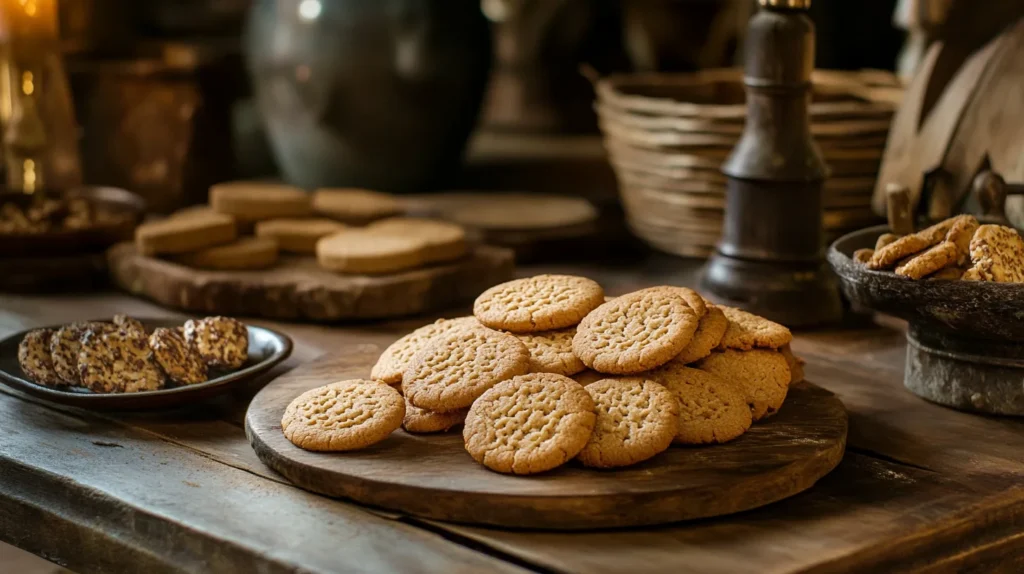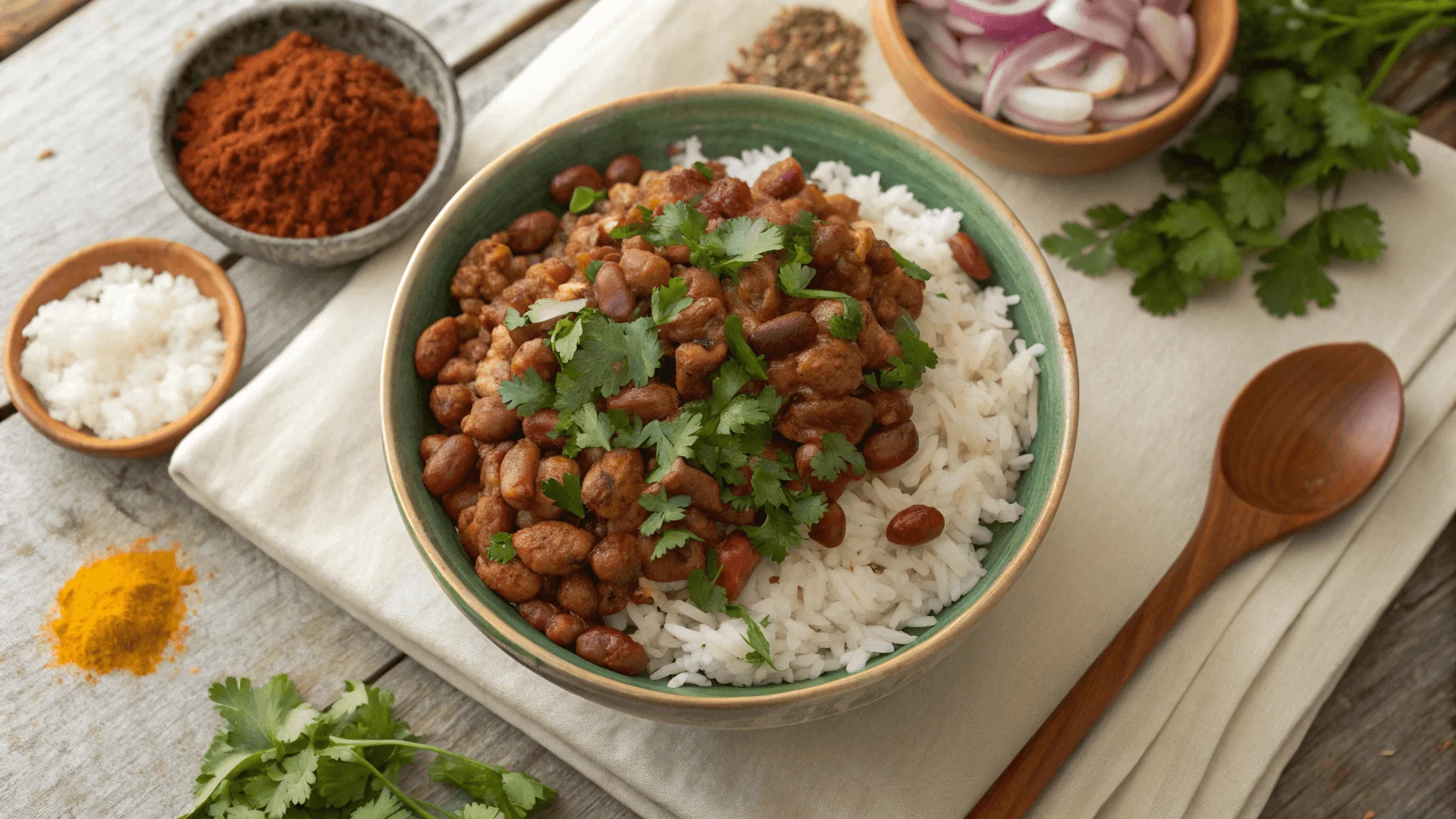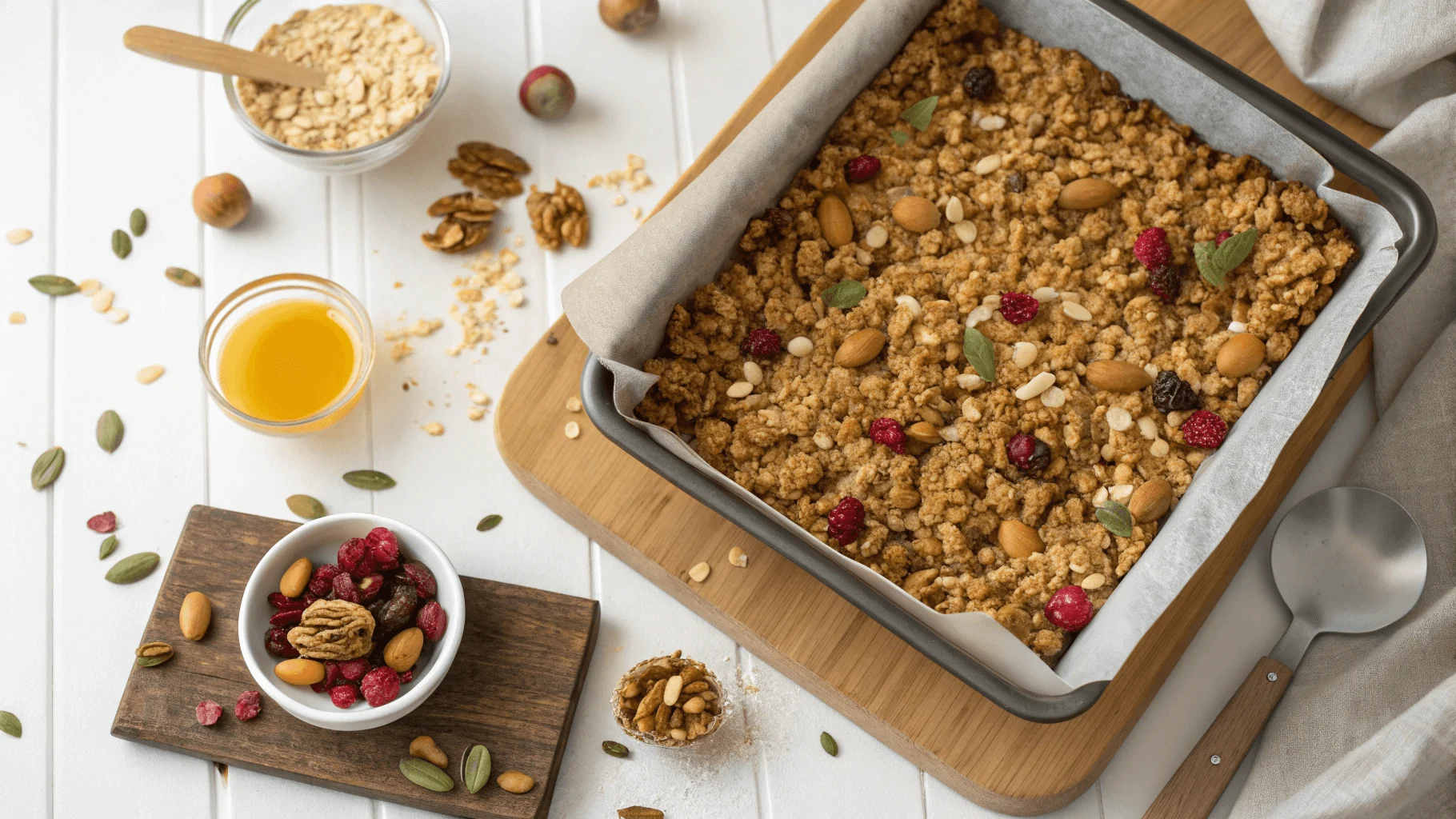When we think of cookies today, we often picture chocolate chip cookies, oatmeal raisin, or sugar cookies. The history of cookies stretches back centuries, and ancient civilizations made the oldest known cookie. So, what is the oldest cookie in the world? This question is not just about finding the earliest known recipe but also about understanding how cookies evolved over time and what they meant to ancient cultures. By examining historical records and culinary traditions, we can uncover fascinating details about the oldest cookies and how they shaped modern recipes.
Throughout history, people viewed cookies as more than just a snack. They often used them in religious rituals, served them at royal courts, and even traded them across continents. The oldest cookies reveal much about the societies that created them, from the ingredients used to the baking techniques employed. By tracing their development, we can gain a deeper appreciation for this beloved treat and its cultural significance.
The Search for the Oldest Cookie: What is the oldest cookie in the world?
Finding the oldest cookie in the world is a complex task.Unlike other food items that people have preserved over time, cookies are perishable and did not survive in their original form. However, food historians have pieced together clues from ancient texts, archeological findings, and the evolution of baking techniques to trace the origins of cookies.
One of the earliest mentions of cookies appears in ancient Persia, where people baked small cakes made of flour and sugar over open fires. These cakes resembled the cookies we know today but used simpler ingredients and flavors. Finding the oldest cookie requires understanding how different cultures define cookies. For example, in ancient Rome, people considered sweet, small baked goods as cookies, but their recipes differed significantly from what we recognize now.
If you’re curious about the influence of ancient techniques, check out this guide on how the evolution of sweeteners shaped modern desserts, including cookies.
The Origins of the Oldest Known Cookie: What is the oldest cookie in the world?
The oldest known cookies trace back to ancient civilizations, including the Greeks and Romans. These early cookies didn’t use refined sugar for sweetness but instead relied on natural ingredients like honey, fruit, and nuts. Honey, in fact, served as one of the primary sweeteners in ancient cookies. The Romans, for example, baked small, honey-sweetened cakes similar in texture to today’s shortbread. They often flavored these cakes with spices and herbs, a practice that would later influence the flavor profiles of modern cookies.
In ancient Egypt, cookies played an important role in society. People often baked them to accompany religious rituals and offer them to the gods. These cookies included a mixture of flour, honey, and fruit, and their size and shape varied based on the purpose for which people baked them. Many of these early cookies were not sweet by today’s standards, as sugar was not yet a common ingredient.
The ancient Egyptians also used cookies as offerings for the afterlife, showcasing their deep cultural significance. People often left these cookies in tombs or temples to honor the deceased and ensure their comfort in the afterlife.
The Oldest Cookie Recipe Still in Existence: What is the oldest cookie in the world?
The oldest cookie recipe still in existence comes from ancient Persia, which dates back to the 7th century. Persian recipes for cookies, or “sweet cakes,” typically included ingredients like honey, almonds, and dates. The recipe was simple but effective, showcasing how early civilizations used the natural resources available to them.
These early cookie recipes laid the foundation for what would become one of the most popular desserts in the world. Over the centuries, the ingredients and methods used to make cookies would evolve, but the influence of ancient recipes remained evident. Persian cookies often featured rosewater or saffron, which gave them a distinctive taste that set them apart from other baked goods.
As time passed, people passed down the cookie recipe through generations, and variations of it began to appear in other parts of the world. In medieval Europe, for example, people introduced sugar, and cookies began to use refined sugar for sweetness instead of just honey. This shift in ingredients marked a significant change in how people made cookies.
The Role of Cookies in Ancient Culture: What is the oldest cookie in the world?
In ancient cultures, cookies served more than just as sustenance; they held cultural and religious significance. In ancient Greece and Rome, people often served cookies during feasts and religious ceremonies. These small, sweet treats played an important role in social gatherings and people often gave them as offerings to the gods.
The role of cookies in ancient culture also appears in their use as symbolic gifts. In ancient Egypt, people placed cookies in tombs as offerings to the gods, ensuring a smooth transition to the afterlife. Similarly, in ancient China, people baked cookies as part of traditional festivals and used them in rituals that celebrated the harvest or honored ancestors.
Cookies were also an important part of trade in ancient cultures. As civilizations traded with one another, they exchanged not only goods but also culinary knowledge. The oldest cookies were often part of these exchanges, and the ingredients used in cookies spread across the globe, influencing cookie recipes in other parts of the world.
Key Ingredients of the Oldest Cookies: What is the oldest cookie in the world?
The key ingredients of the oldest cookies reflect the resources that were available to early civilizations. These ingredients were often simple and natural, providing a glimpse into the culinary practices of ancient cultures.
- Honey: Used as a natural sweetener in ancient cookies, honey was a common ingredient in the earliest known cookie recipes.
- Nuts: Almonds, pistachios, and other nuts were often included in early cookie recipes, adding texture and flavor.
- Fruits: Dried fruits like dates, figs, and raisins were used in many early cookies, contributing natural sweetness.
- Grains: Wheat and barley flour were commonly used to make the dough for cookies in ancient cultures.
These ingredients would have been easily accessible to ancient civilizations, making them perfect for creating the earliest known cookies. The combination of honey, nuts, and grains helped to create a texture and flavor profile that would influence cookies for centuries to come.
How Did the Oldest Cookie Shape Modern Cookie Recipes?
The oldest cookie recipes have had a lasting impact on modern cookie recipes, particularly in terms of ingredients and flavor profiles. While the methods of baking have evolved, the basic principles of cookie-making remain the same. Early cookies were often made by mixing simple ingredients like flour, honey, and nuts, which are still common in many modern recipes.
Over time, the addition of sugar and other sweeteners, such as molasses and corn syrup, revolutionized cookie recipes. These ingredients allowed for the creation of cookies with a sweeter taste and a more delicate texture. The use of butter and eggs also became more widespread, further enhancing the flavor and texture of modern cookies.
The influence of ancient cookies can still be seen in popular cookies today, such as shortbread, gingerbread, and biscotti. These cookies are direct descendants of the oldest cookie recipes, retaining the use of simple ingredients and time-honored techniques.
Famous Historical Cookies Around the World
Throughout history, various cultures have developed their own versions of cookies, each with unique ingredients and flavors. From Europe to Asia, cookies have taken on many forms and played important roles in cultural rituals and daily life.
- Biscotti (Italy): Originating in ancient Rome, biscotti are one of the oldest types of cookies, made with almonds and often served as a dessert during festive occasions.
- Speculaas (Netherlands): This spiced cookie has roots in medieval Europe and was traditionally baked during the holiday season.
- Fortune Cookies (China): Though not as ancient as other cookies, fortune cookies have become a symbol of Chinese-American cuisine and are often served at the end of a meal.
Discover how traditions like Christmas butter cookies have roots in the historical evolution of baking.
Debunking Myths About the Oldest Cookie
There are many myths and misconceptions surrounding the oldest cookie in the world. One of the most common myths is that the first cookies were sweet and rich in flavor, which is not entirely true. Early cookies were often savory or mildly sweet, as sugar was not a widely available ingredient. Another myth is that cookies were invented in the modern sense of the word, with chocolate chips and refined sugar. In reality, the first cookies were simple cakes or biscuits made from basic ingredients.
By debunking these myths, we can better understand the true origins of cookies and appreciate their evolution throughout history.
The Evolution of Cookie Recipes Through History
Over time, cookie recipes evolved as new ingredients became available and as culinary techniques advanced. The introduction of refined sugar, butter, and eggs in the Middle Ages significantly changed the texture and flavor of cookies. By the 17th century, cookies had become a staple in European bakeries, with a wide variety of flavors and shapes.
In the 19th century, the industrial revolution brought about the mass production of cookies, making them more accessible to the general public. This shift in production led to the rise of commercially available cookies, which further popularized the treat around the world.
The Impact of Ancient Trade Routes on Cookie Recipes
Ancient trade routes played a crucial role in the spread of cookie recipes across different regions. As civilizations traded goods and ideas, they also shared culinary techniques and ingredients. The oldest cookie recipes often traveled along these routes, influencing the development of cookies in various parts of the world.
The spice trade, for example, brought ingredients like cinnamon, cloves, and nutmeg to Europe, where people incorporated them into cookie recipes. Similarly, the exchange of sugar, honey, and other sweeteners helped shape the flavor profiles of cookies over time.
The Oldest Cookie in Different Cultures Around the World
Different cultures have developed their own versions of cookies, each with unique ingredients and baking techniques. While the basic concept of a cookie remains the same, cultural traditions greatly influence the way people make and consume cookies.
In the Middle East, people often make cookies with ingredients like dates, nuts, and rosewater, reflecting the region’s love for sweet and fragrant flavors. In Europe, people have beloved cookies like gingerbread and shortbread for centuries, while in Asia, people make cookies with sesame seeds, red bean paste, and other ingredients, offering a distinct taste.
How Ancient Cooking Techniques Influenced Early Cookies
Ancient cooking techniques played a significant role in shaping the earliest cookies. In ancient times, people cooked over open fires, and the heat often proved uneven, resulting in dense and flat cookies. As people developed baking ovens, cookies began to rise and take on the texture we are familiar with today.
Early cookies often cooked on flat stones or in clay ovens, which produced a crisp texture. The development of baking techniques was crucial in transforming cookies from simple cakes into the treats we enjoy today.
To explore further, learn about the cultural traditions surrounding holiday cookies.
The History of Sweeteners Used in Ancient Cookies
Sweeteners have always played a crucial role in cookie recipes.In ancient times, people used honey as the primary sweetener in cookies because it was readily available and easy to harvest. In ancient Egypt, people used dates to sweeten cookies, and in Persia, they incorporated saffron and rosewater for flavor.
As sugar became more accessible in medieval Europe, it gradually replaced honey and dates as the primary sweetener in cookies, leading to the development of sweeter and more flavorful cookies.
Cookies in Medieval Times: A Continuation of Tradition
During medieval times, cookies continued to play an important role in European society. People often made cookies with spices like cinnamon and cloves, which became more readily available due to trade. In addition to being a popular snack, people also used cookies in religious rituals, particularly during the holidays.
As baking techniques improved, cookies became lighter and more delicate, marking a shift from the dense, honey-sweetened cakes of earlier times. By the 16th century, cookies were a staple in European bakeries, and the modern cookie was beginning to take shape.
The Role of Cookies in Royal Courts and Nobility
Cookies played an important role in the lives of royalty and nobility during the Middle Ages and Renaissance. People often made cookies with luxury ingredients like saffron, sugar, and spices, and served them at banquets and feasts. They also gave cookies as gifts, symbolizing wealth and status.
In the courts of Europe, people often decorated cookies elaborately and shaped them intricately, reflecting the opulence of the time. These cookies symbolized refinement and enjoyed popularity among the elite.
The Influence of Religion on Cookie Recipes and Rituals
Religion has played a significant role in shaping cookie recipes throughout history.In medieval Europe, people often baked cookies as part of religious festivals and celebrations. They made Christmas cookies and Easter cookies to mark important events in the Christian calendar, such as the birth of Christ or the resurrection.
Similarly, in ancient cultures, people often baked cookies as offerings to the gods. In ancient Egypt, people placed cookies in tombs to honor the deceased and ensure their comfort in the afterlife.
How the Industrial Revolution Changed Cookie Production
The Industrial Revolution brought about significant changes in the way cookies were made. With the rise of mass production, cookies became more accessible to the general public. Factories began producing cookies on a large scale, allowing them to be sold in stores and shipped across the world.
The Industrial Revolution also led to the development of new baking technologies, such as mechanized ovens and cookie-cutting machines. These innovations made it easier to bake cookies in large quantities and helped to standardize cookie production.
FAQs
Q: What is the oldest cookie in the world?
The oldest known cookies date back to ancient Persia and Egypt, where cookies were made with honey, dates, and nuts.
Q: How did ancient trade routes affect cookie recipes?
Ancient trade routes facilitated the exchange of ingredients and baking techniques, influencing cookie recipes across different cultures.
Conclusion:
The search for the oldest cookie in the world reveals fascinating insights into the history of baking and culinary traditions. From ancient civilizations to modern times, cookies have evolved and adapted, but their basic ingredients and techniques have remained rooted in history. The oldest cookies continue to influence cookie recipes today, and their cultural significance remains a testament to the enduring appeal of this beloved treat. Whether sweet or savory, simple or elaborate, cookies have been a part of human culture for thousands of years, and they are likely to remain a favorite for generations to come.





